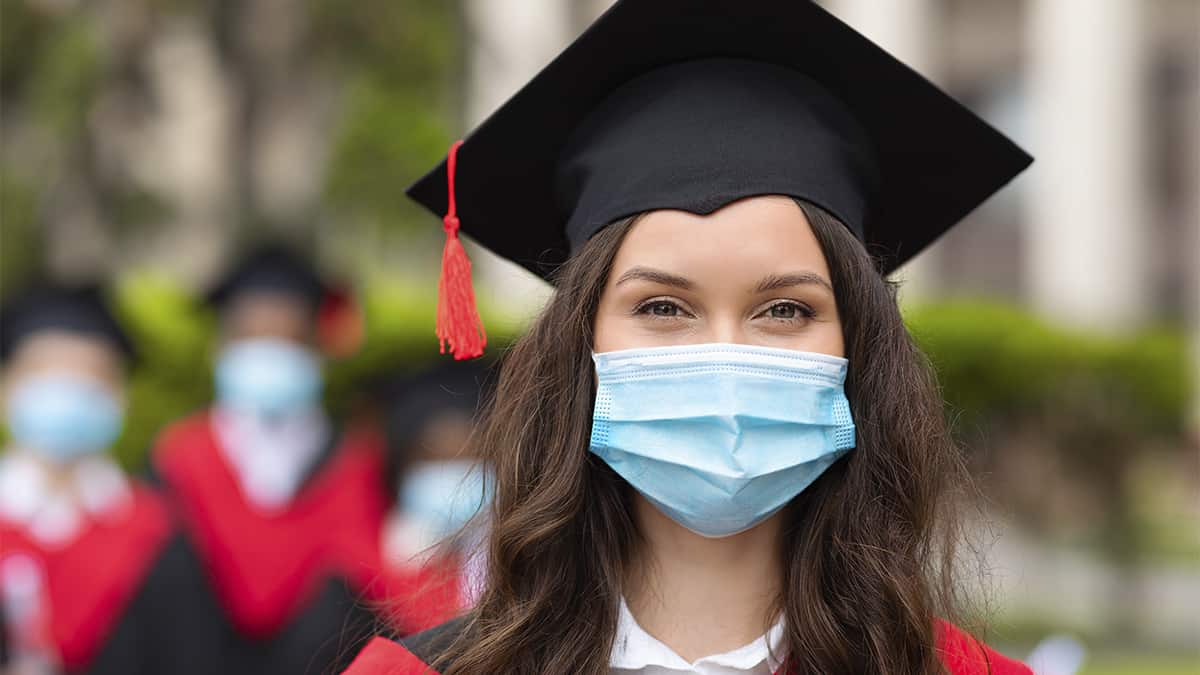More than 200,000 doses of a COVID-19 vaccine have now been administered in Waterloo Region, with 41 per cent of adults have received at least one shot. Those fully vaccinated, some 16,400, represent less than three per cent of the population, however.
While there’s been some progress, officials say, there’s a long way to go before hitting the target of inoculating at least 75 per cent of the population.
Still, more people are eligible to receive vaccines, even if shortages continue to slow the process.
“I’m pleased to report that we continue to make real progress with the vaccine rollout. This week, we expanded eligibility to several more priority groups, including employees in many sectors who cannot work from home and who are out in the community providing essential services for all of us. We also continue to steadily administer more shots,” said regional chair Karen Redman at the weekly pandemic update April 30.
“Based on new data, we continue to refine and make informed decisions and support expanding the vaccine into more priority neighborhoods.”
Of the total figure administered as of last Friday, 24,437 or some 6.2 per cent of shots had been given at pharmacy locations, which have been making available doses of the AstraZeneca vaccine.
Additional priority groups have also been added in the region, a list that now includes essential and critical retail workers such as grocery, food bank and non-clinical pharmacy workers. Also Service Ontario and Service Canada and Passport Canada workers, wholesalers and general goods, restaurant and LCBO employees, workers in manufacturing industries directly involved in pandemic response, construction including infrastructure, and other essential businesses and services where facilities are at heightened risk for COVID-19 outbreaks and spread. The official list is now much more expansive.
As part of the region’s vaccine rollout, targeted pop-up sites have been running in high-risk neighbourhoods in the cities to counteract the virus and provide protection to those most at risk.
The region continues to focus on high-risk populations that have been disproportionately hit by the pandemic. According to information provided during a regional board of health meeting last week, data collected over the past year show “cases are two to three times higher among those who identify as visible minorities and Black compared to our region as a whole,” said Adele Parkinson of the Public Health unit.
A voluntary self-isolation site funded by the Health Agency of Canada continues to provide for that disproportionately affected by the virus in the region, said Dr. Sharon Bal.
Steps are being taken to reach out to members of the community whose first language isn’t English or French, as well as lower-income households.
In order to reduce vaccine hesitancy, the region has created a Community Engagement Working Group.
“They have brought together community leaders to ensure vaccine rollout and communications is tailored to local needs. Actions include posting town halls to decrease vaccine hesitancy, designing and implementing vaccine clinics with racialized communities and creating communications materials in multiple languages,” said Dr. Hsiu-Li Wang, the region’s chief medical officer of health.









